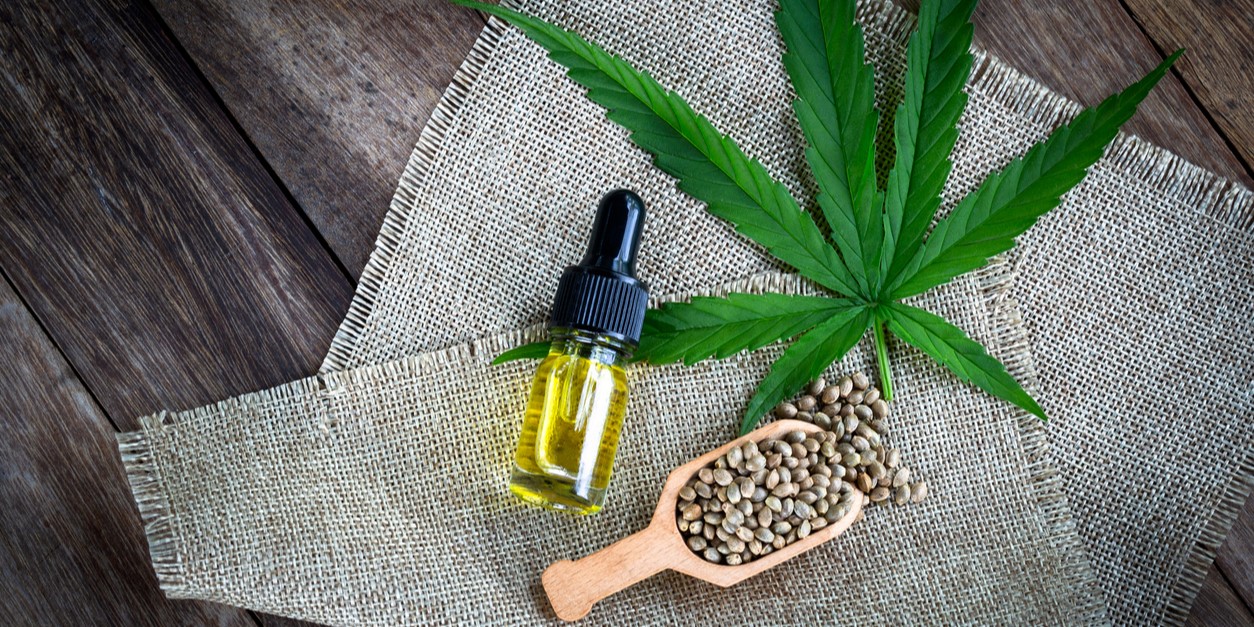News
How to make your own CBD oil?

CBD oil
The sublingual consumption ofCBD oils is very popular in the trade, as it makes it easy to benefit from its virtues without any preparation or inhalation. Generally presented in small bottles with micro-dosed pipettes or in capsules, CBD oils come in a variety of flavours, extraction methods and cannabidiol concentrations.
While the easiest way is to buy your CBD oils commercially, it's also possible to make your own. To do so, extract cannabidiol from hemp flowers (Cannabis sativa L variety) concentrated to less than 0.2% THC. For a more pronounced effect, it is also possible to use CBD isolates (concentrated to 99% CBD), extracted from the same plant. There are many ways of extractingCBDfrom flowers, but we'll concentrate here on a method that can be carried out safely and cheaply at home.
The most commonly used carrier oils are olive oil and hemp oil. Of course, any vegetable oil can be used, but like our products, you'll want to choose one that is organically grown. As cannabinoids are fat-soluble, oils enable them to reveal their full potential as they are assimilated by the body.
Step 1: Ingredients and dosages
CBD oils are generally kept in 10ml vials (around 200 drops). We'll use this reference for our recipe. Feel free to change the proportions according to the quantities required. As a reminder, CBD flower is generally concentrated at 10% CBD. Isolates, on the other hand, are concentrated at 99% CBD.
With CBD flowers for a 10ml bottle:
- 10% dosage = 1000mg of CBD or 10g of flowers
- Dosage at 20% = 2000mg of CBD or 20g of flowers
- 30% dosage = 3000mg of CBD or 30g of flowers
- Dosage at 40% = 4000mg of CBD or 40g of flowers
With CBD isolate for a 10ml bottle:
- 10% dosage = 1000mg of CBD or 1g of crystals
- 20% dosage = 2000mg of CBD or 2g of crystals
- 30% dosage = 3000mg of CBD or 3g of crystals
- 40% dosage = 4000mg of CBD or 4g of crystals
Stage 2: Decarboxylation (for flowers only)
If you choose to use CBD flowers, they must first be decarboxylated. In a hemp plant, CBD molecules are present in the form known as CBDa. The body does not assimilate CBDa, as it has receptors only for CBD. CBDa is transformed into CBD when heated (by smoking or vaping, for example). In the case of edibles or oils, it is therefore necessary to decarboxylate CBDa into CBD. To do this, place your flowers on a baking tray covered with aluminum foil and heat at 100°C for around 25 minutes.
If you're using CBD isolates or crystals, you can proceed directly to step three.
Step 3: Infusion
Place the decarboxylated flowers (or isolate crystals) with the oil in a bain-marie and simmer for 3 hours at 150°C.The preparation should be simmering, not boiling, so measure the temperature regularly with a kitchen thermometer to avoid burning. The CBD, cannabinoids and terpenes will then bind with the fats in the oil.In the end, you should end up with a brownish-green substance.Allow to cool before filtering to remove any residue.
Step 4: Filtration
Get yourself a glass container, place your strainer on top and pour the cooled oil inside.Make sure you extract as much oil as possible so as not to lose any, and discard any remaining flowers.
Step 5: Dosage and dosage
Depending on the concentration of CBD in your oil and your build, the effects will not be the same.Even though very few doctors in France are aware of the benefits of CBD, you should still check with your doctor that your state of health does not present any contraindications.CBD oil is generally consumed using a pipette to place the desired number of drops under the tongue. The idea is to hold the liquid for a full minute before swallowing, so that it penetrates the mucous membranes.
This CBD oil recipe is easy to make at home, and requires little experience. Be careful not to burn yourself with your preparation, and dose it appropriately, according to your needs and your doctor's advice. The dosage and purity of commercial CBD oils remain more reliable, however, as they are extracted using industrial and professional methods. Don't hesitate to ask at your local store for more information on this subject.

